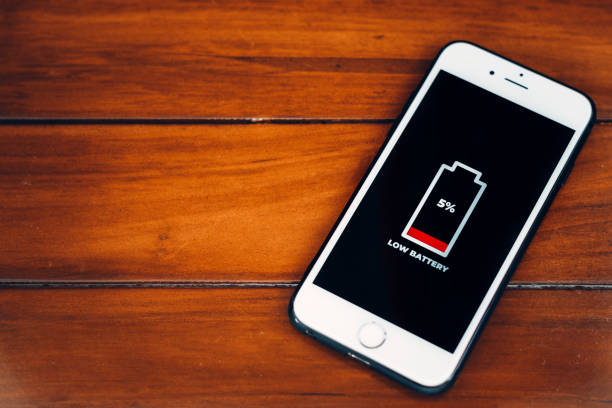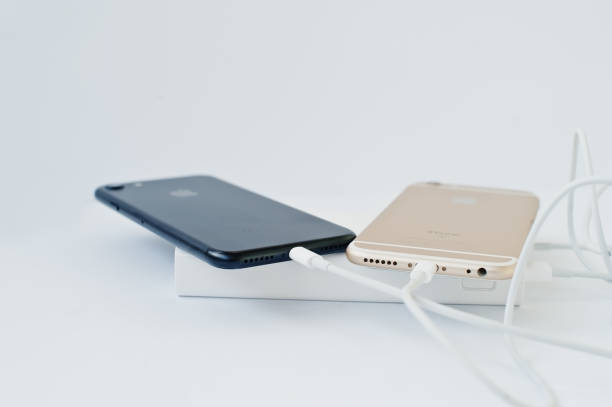How to optimize your iPhone's battery when it reaches 80%? Here's the trick to improve battery life.

Over time, iPhone batteries begin to fail and experience problems such as unexpected shutdowns and sudden changes in the charge percentage indicator, among others. That's why technicians and specialists recommend optimizing the device's performance and lifespan.
Many people are starting to use iPhone battery calibration for all the benefits it offers, especially for phones that are already beginning to expire.
According to Apple technicians, there are certain symptoms that reveal that the device is not in good condition, such as a mismatch between the actual battery and the power software, which makes the calibration method the most advisable.
One of the main functions of this procedure is to allow people to see accurate information about the remaining charge and battery status on their cell phone screens.
Additionally, it helps prevent further damage and delays the need to replace the battery, optimizing its use and extending the overall lifespan of the phone. Something to keep in mind is that these calibrations shouldn't be performed frequently.

Experts recommend calibrating cell phones that shut off unexpectedly. Photo: iStock
Tech experts recommend optimizing if your phone exhibits the following symptoms:
- The phone turns off unexpectedly even though it is charged.
- The phone remains at one percent of the battery for a prolonged period. This is the main sign of a discrepancy between the actual charge and the displayed charge.
- The charge percentage begins to change erratically, suddenly going up and down.
- It takes longer than normal to load.
A key point is that calibration should be performed if the battery status is below 80 percent, as this indicates that it has exceeded 500 charge cycles.

The phone must be completely powered off for calibration. Photo: iStock
This procedure requires patience and precision to fully benefit from the calibration; therefore, you should proceed step by step with caution.
- Completely discharge the battery: The first thing you'll do is drain the battery completely until it automatically shuts off. When this happens, try turning it on several times to make sure it really has no residual power.
- Prolonged standby without power: Once you've determined that the battery is completely discharged, leave it off for 6 to 8 hours. During this time, do not connect the device to the charger or attempt to turn it on, to allow any residual effects to dissipate.
- Charge it until it reaches 100 percent: Once this time has passed, you should connect your iPhone to the charger. Ideally, you should do this with the phone turned off. If the device turns on when it's powered on, you should manually turn it off without interrupting the charge.
- Final Reset and Normal Use: After the charging process is complete, restart your phone, as this synchronizes the measurement software with the actual state of the newly calibrated battery.
DIGITAL REACH EDITORIAL
eltiempo





